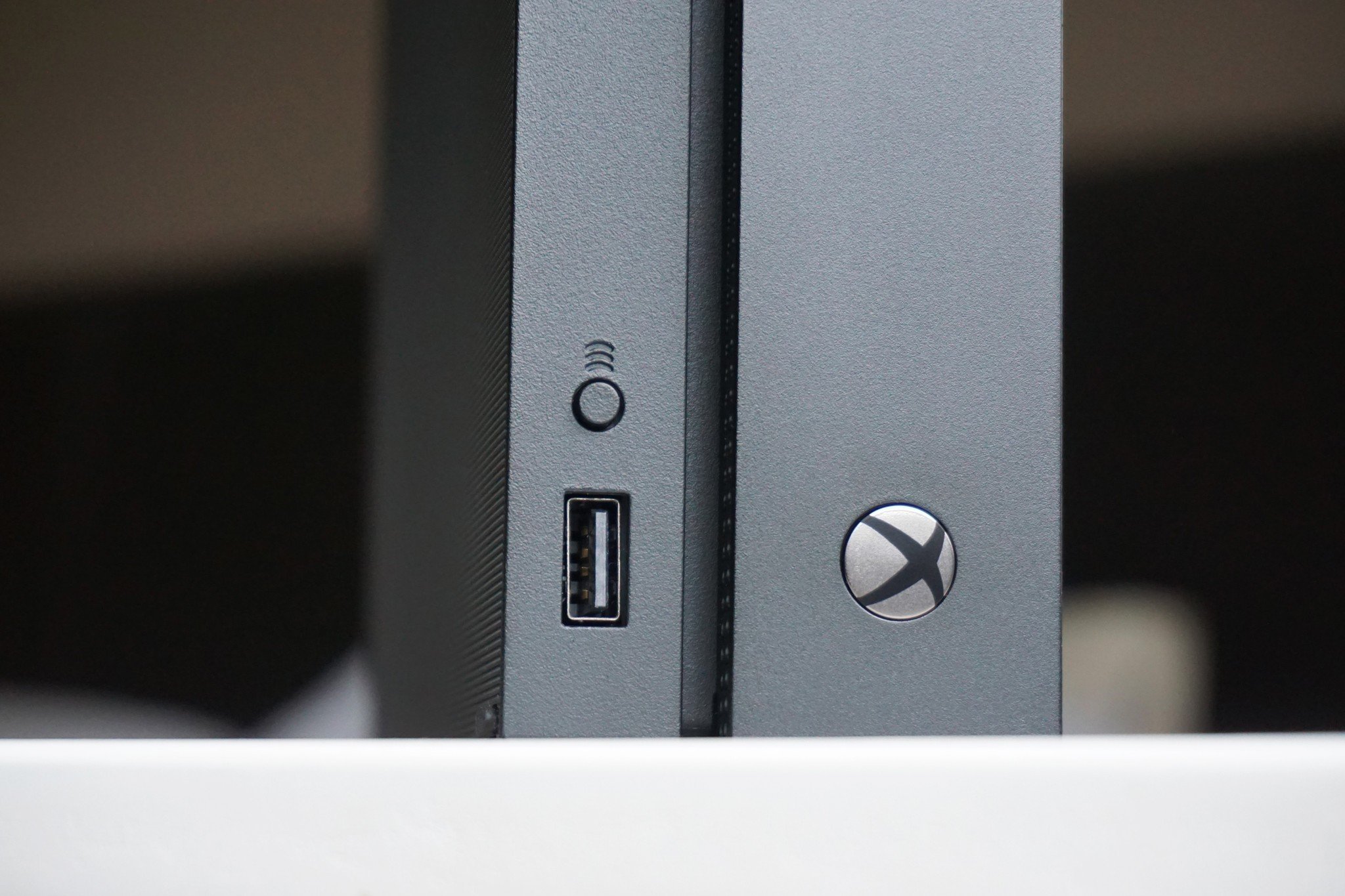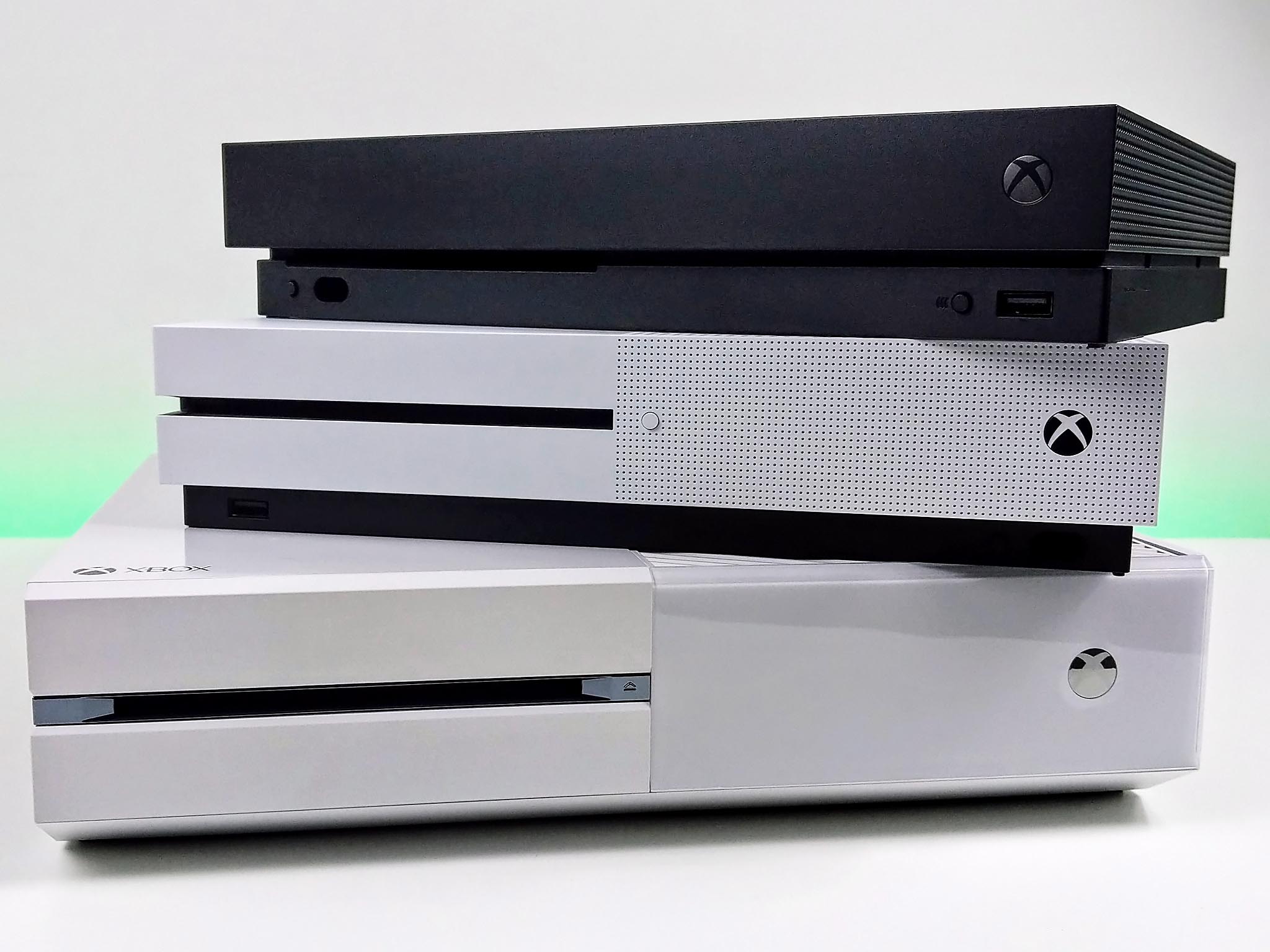Xbox One X backward compatibility revives Xbox 360 classics in glorious 4K
Xbox One X can make old gems shine once again, with some impressive enhancements to select Xbox 360 games.

Back when the Xbox One X was first unveiled, Microsoft detailed an extensive list of "Xbox One X Enhanced" games – titles manually reworked with dedicated patches, to take advantage of the console's additional resources. Improved resolutions, increased framerates and reworked textures are among the most common enhancements made with the hardware, boosting Xbox One games beyond their original visual capabilities.
Shortly ahead of the Xbox One X release, Microsoft also made a somewhat unexpected announcement: select Xbox 360 titles would see specific enhancements for the new console. Halo 3, Fallout 3 and Mirror's Edge were among the seven titles being manually upgraded at launch, with resolution bumps and other visual upgrades among the changes.
Note: To view these image comparison slides, make sure you're viewing this page in a web browser and not our Windows 10 app. Some ad blockers have been known to break the image sliders in this story, so consider disabling them for this piece. This article is best viewed on a larger display — you're not going to see the differences while viewing on a mobile phone.
Ten years later, still better than ever
Enhanced Xbox 360 games leverage the same emulation technologies seen in the existing Xbox One backward compatibility, allowing titles originally designed for different hardware architectures to be run on the console. Taking advantage of this system, which essentially emulates an Xbox 360 environment in a self-contained application, this has allowed Microsoft to make some minor software modifications to force games to run better than when they shipped on the console over 10 years ago. Unlike many of the Xbox One X enhancements being developed solely by third-party studios, the upgrades to Xbox 360 titles have seemingly been handled internally by Microsoft.
Despite these games having been designed for a console over a decade old, all of the Xbox One X Enhanced titles pursue increased resolutions, up to native 4K. And for a device that debuted with 720p gaming, this is a major step up in clarity from the original experience first shipped back in the day. Even people on 1080p screens will also see these benefits, with a consistent "supersampled" 1080p image produced by a downsampling the game rendering at 4K.

Changes have been made to texture filtering on Xbox One X too, a technology used in processing two-dimensional textures in a three-dimensional game world. With flat images used for in-game textures, the process decides how different angles and distances reflect the image displayed on-screen. On Xbox One X, texture filtering has been improved, to deliver high-quality depictions of textures through the process.
This also extends to "mipmapping," an aspect of the texture filtering process which reduces the quality of textures over distance, to prevent resources from being wasted on high-resolution textures from afar. Removing these transitions means higher quality textures are now more frequently used. Although textures haven't been manually reworked, the process in how they're displayed makes for much richer translations, uncovering a more visually-impressive game under the hood.
Get the Windows Central Newsletter
All the latest news, reviews, and guides for Windows and Xbox diehards.
Certain titles have even been updated from eight-bit color depth to 10-bit, displaying a larger range of colors than seen in previous versions. This also extends to HDR support for some games, with a wider gamut of colors and higher contrast ratios on supported displays.
What does Xbox One X enhancement mean for Xbox 360 titles?
We decided to look at how much of a difference Xbox One X enhancement makes for Xbox 360 titles, comparing the differences across a couple of the available games. Cross-referencing the Xbox One X enhancements with the games running on a standard Xbox One console, this provides a better sense of the changes and what they truly deliver.


Halo 3 for Xbox 360 (2007) running on Xbox One (left) versus the same scene on Xbox One X, output at 4K (right).
Halo 3 is among the most impressive titles upgraded for the Xbox One X, with various tweaks across the game's entire sandbox. As seen in our comparison screenshots, the resolution bump really shines in certain environments – especially those with dense foliage and complex architecture. In contrast to Xbox One upgrades, where the jump to 4K is less severe, a shift from 720p to 4K resolution results in a major leap in clarity. However, the frame rate is still locked at 30 frames per second (FPS), so you won't be seeing the full range of benefits present in the Xbox One re-release via "[The Master Chief Collection](https://www.amazon.com/Halo-Master-Chief-Collection-Xbox-One/dp/B00KSQHX1K/?tag=wpcentralb-20&ascsubtag=UUwpUdUnU52200" That version of the game won't be updated until 2018, making the original 360 version much more compelling in the meantime.


Mirror's Edge for Xbox 360 (2008) running on Xbox One (left) versus the same scene on Xbox One X, output at 4K (right).
Mirrors Edge has also significantly benefitted hugely from the resolution bump, with improved clarity to an already sleek world. As a game always defined by its clean and sharp art style, enhancements for the Xbox One X have only accentuated these strengths, bringing out its contrasting colors and further defining its minimalist environmental design. A bump in resolution also helps with the game's longer draw distances, while reducing aliasing on sharp objects on the horizon. While the upgrade changes little in the fluidity of its gameplay, the improvements are brought to light by its sharp and vibrant approach to design.
The value of backward compatibility grows
Xbox 360 games enhanced for the Xbox One X might not be the most visually ground-breaking you can play today, but considering many of these games are now over a decade old, it's amazing how far they've come. Especially as a free update for Xbox One X users, this only adds greater value to a feature the Xbox One platform is already praised for. When backward compatibility first debuted, it was impressive that a wide library of games would seamlessly transition – never did we expect to be playing them in 4K just a couple years later.
Enhancement of these games isn't a system seller, but the difference is clearly visible. Proving how far games have evolved in the past decade, this is easily the best way to revisit old classics on the platform. If you're an Xbox One X owner, make sure to give this feature a try – it's a trip down memory lane, without the risk of disappointment.
Matt Brown was formerly a Windows Central's Senior Editor, Xbox & PC, at Future. Following over seven years of professional consumer technology and gaming coverage, he’s focused on the world of Microsoft's gaming efforts. You can follow him on Twitter @mattjbrown.

